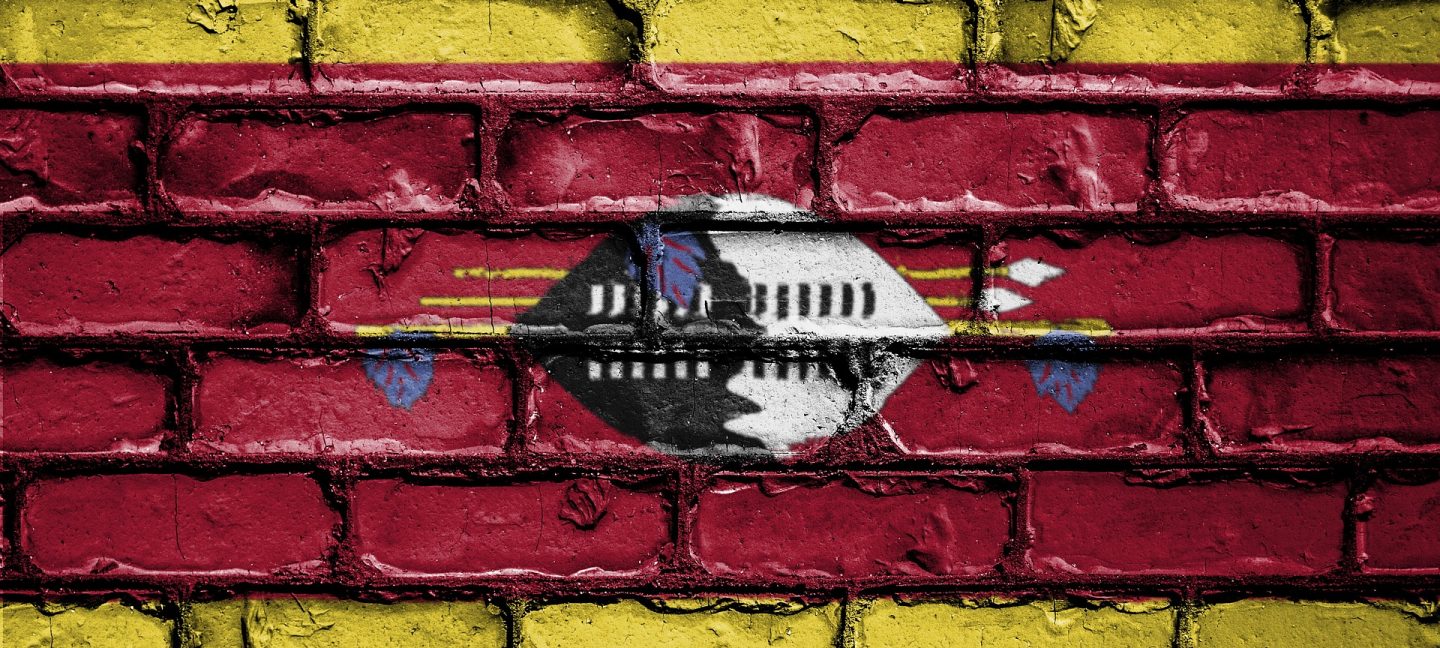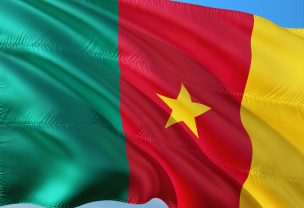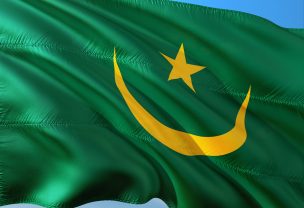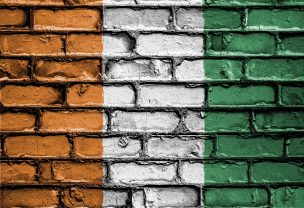Quick facts
- Full name: Kingdom of Estawini
- Capital: Mbabane (Executive) / Lobamba (Legislative)
- Largest city: Mbabane
- Official language: Swazi / English
- Area: 17,364 km2
- Population: 1,343,098 (2016)
- Currency: Swazi Lilangeni (SZL) 1 (SZL) = 100 cent / South African Rand (SAR) 1 (SAR) = 100 cent
- Foreign tourists: 950 thousand (2016)
- Travel risks and hazards: Crime, dangerous animals.
Swaziland is one of the smallest mainland countries of Africa. Despite being small Swaziland offers a variety of attractions for tourists ranging from safari tours to hiking and wild camping.
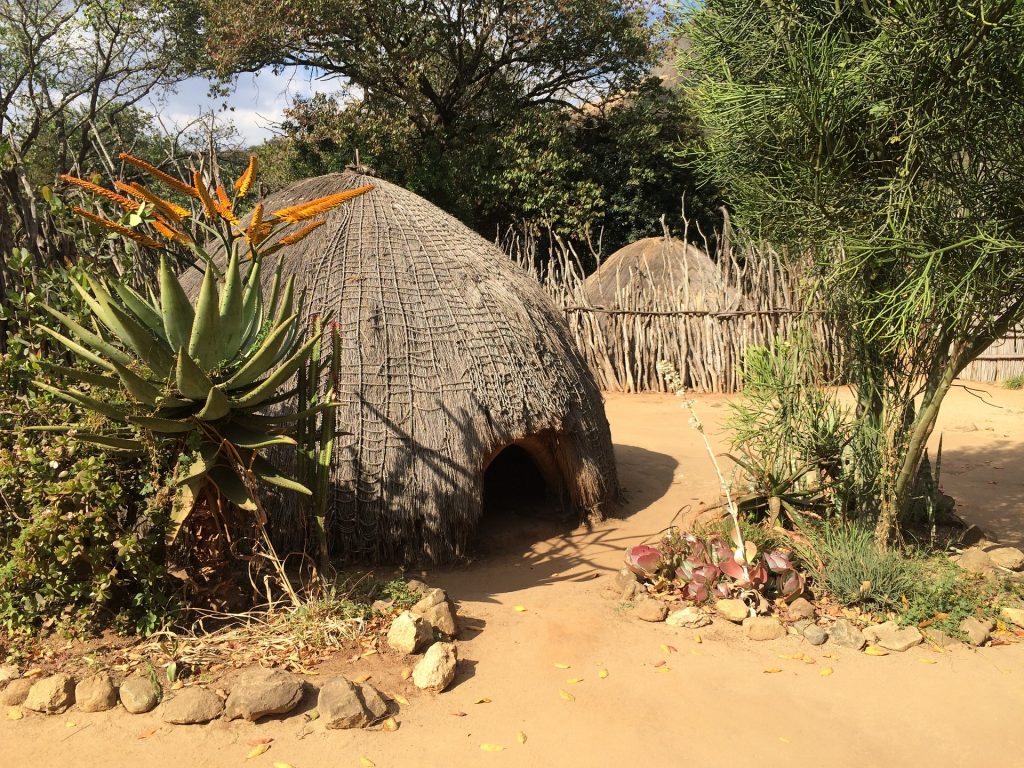
Traveling info
All visitors traveling to Swaziland are required to have a valid passport. Visitors divide into two groups depending on their nationality. Some are required to obtain a visa whilst others can enter without such a requirement. Visitors who wish to drive in Swaziland may do so, using their domestic driving permit. An international driving permit is strongly recommended as it will be very handy when dealing with the local police and some rental companies might want to see such a document in case of a traffic accident. Visitors holding UK driving permits do not need to worry about an IDP. Both the UK driving permit holders and other driving permit holders must switch to a local driving permit after 90 days of driving in Swaziland.
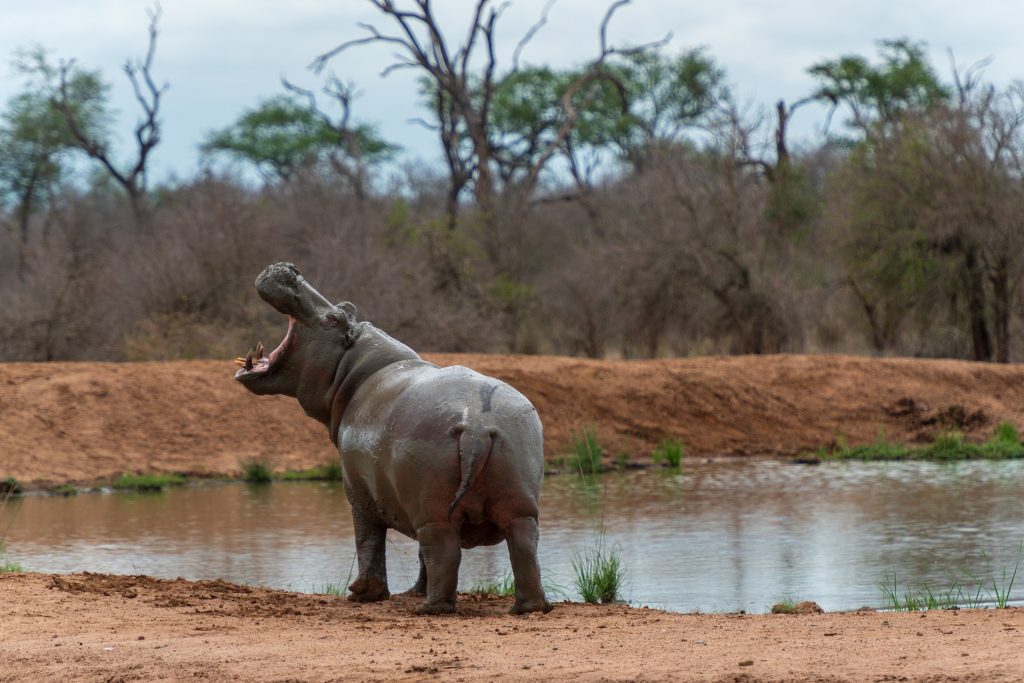
Traveling hazards
Traffic accidents in Swaziland may pose an even greater hazard than crime. Visitors should use extreme caution when driving, given the relatively high rates of speed of drivers on major thoroughfares. Other hazards include poor lighting and irregular traffic signals, presence of pedestrians, animals, and slower moving vehicles, aggressive driving behavior, and erratic stopping for pedestrian and animals. Traffic drives on the left in Swaziland, which requires non-British drivers to exercise particular caution. Special care should be used in driving at night and in fog, especially in rural areas. Rural and suburban areas are poorly lit and pose additional safety hazards as pedestrians and animals cross the road. Many vehicles are poorly maintained and lack headlights. Extreme caution is recommended when using minibus taxis, which follow fixed routes and are flagged down by passengers almost everywhere on the streets and roads of Swaziland. Many of these vehicles fail to meet minimum safety standards. Drivers frequently overload vehicles and travel at excessive speeds. Fatal accidents involving these conveyances are very common. The Royal Swaziland Police Service sets up periodic roadblocks and uses radar to monitor your speed. Respect the local laws. If you are pulled over for a moving violation you will be responsible for the consequences. Always drive with your driver’s license. Failure to do so will result in a fine.
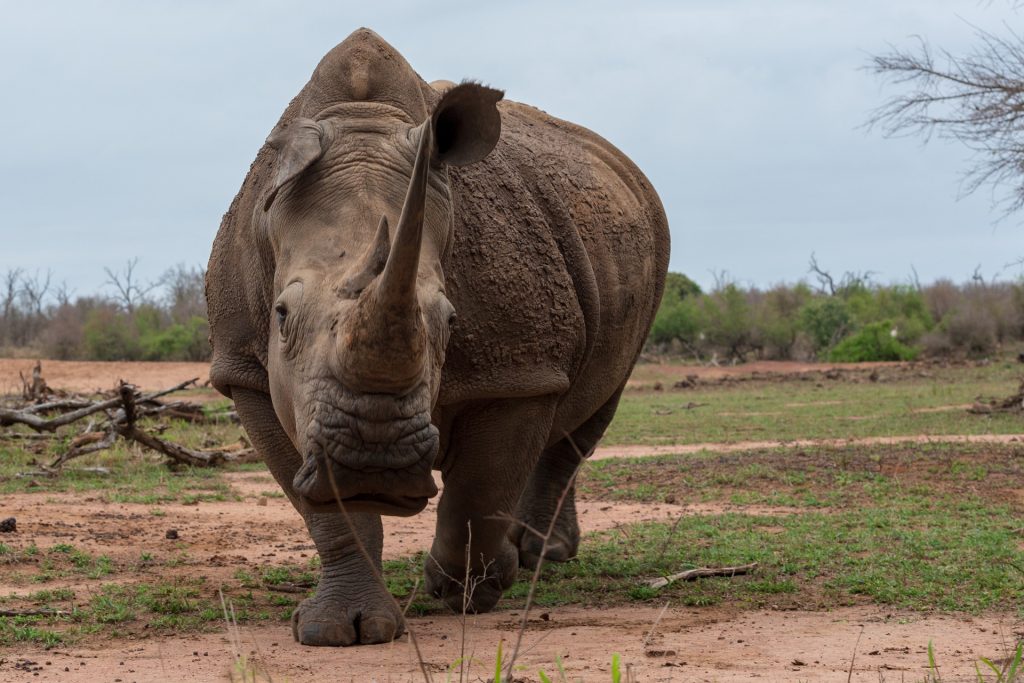
Environmental hazards
Despite the small size of Swaziland, all of the big five can be found within the country. The big five has some of the most dangerous animals in the world. The African bush elephant is the largest land creature on earth. These animals are generally docile however when startled or angered they can easily trample people to death and even flip over a car with ease. Lions are the apex predators of Africa. These huge felines are not afraid to attack any animal in Africa, with the exception of adult elephants and rhinoceros. Rhinoceros are the third largest land animals on earth in terms of mass. These animals are not known for attacking however angered individuals may charge and trample people. Hippos are present in Swazi freshwaters. These animals may look docile but they are responsible for more deaths than elephants, lions, and crocodiles taken together. These animals are territorial and will attack intruders without hesitation. There are seven deadly snakes in Swaziland. These are the Mozambique spitting cobra, snouted cobra, forest cobra which is the rarest of all of them, rinkhals, puff adder, boomslang, and vine snake. All of these snakes have lethal venom and without medical help after a bite, death may occur. Swaziland is landlocked however the waters of the country are filled with hippopotamuses and crocodiles. The Nile crocodiles in Swaziland are among the largest reptiles on earth. These large creatures can easily kill a grown adult. Although they are not fast enough on land to run after a man, they are master ambushers in water.
Swaziland is vulnerable to several hazards and disasters including droughts, floods, food insecurity, disease outbreaks, hail, and wind storms, among others. Food insecurity remains one of the major concerns for the country over the past two decades.
Health hazards
There is no risk of yellow fever in Eswatini. The government of Eswatini requires proof of yellow fever vaccination only if you are arriving from a country with risk of yellow fever. Apart from the yellow fever vaccination, there are no other vaccine requirements. There are however several vaccines which are strongly recommended to ensure a disease-free trip. These are the routine vaccines aka MMR vaccines, hepatitis A and B, typhoid and rabies vaccines. There is, unfortunately, no vaccination against malaria. There are however several alternative ways to protect against it. Malaria is contracted through mosquito bites, therefore, using mosquito repellents and mosquito nets is a good way to protect against these bugs. There is also medicine on prescription which should be available to most people after consulting their local GP. The medicine must be taken prior, during and after the trip to a malaria-ridden destination. Swaziland has the highest infection rate of the Human Immunodeficiency Virus (HIV) in the world. Approximately 26.1 percent of adults and over 50 percent of adults in their 20s in Swaziland are infected. The situation is so grave that the United Nations Development Program has made a report that says the future of Swaziland may be endangered if the HIV infection rate does not decline. Swaziland loses 2 percent of its population a year due to HIV related deaths. Swaziland’s life expectancy is 32 years, which is the lowest in the world. Public health services are provided to the vast majority of Swazi citizens. Healthcare facilities are spread around the country in such a way as to make 80% of the population to have a healthcare facility within 8 km range. Although access to healthcare is adequate, limited healthcare personnel and resources make it virtually impossible to efficiently administer quality healthcare services. Private services are almost exclusive to Mbabane. Tourists must know that private services will be much more costly however the services received at a private facility will be superior to their public equivalent.
In case of an emergency dial 10177.
Crime
The general crime rate is above the EU or US national average. Although criminals consider Mbabane and Manzini prime grounds for operation due to the number of people, businesses, and affluent areas, the rate of crime reported in small towns and rural areas continues to increase. Urban areas are particularly dangerous at night, and the presence of pedestrians should not be interpreted as an indication of a safe environment. Residential burglary and petty theft are the most commonly reported crimes. They occur at all locations regardless of time. Criminals are generally interested in cell phones and cash. Most break-ins occur at homes without security guards and centrally monitored home alarm systems. This also applies to hotels and other places of tourist accommodation which are particularly sought after in hope of greater economic gain. Tourists are perceived as wealthy and are often targeted by thieves. While the number of murders per capita remains lower than some African countries, Swaziland experiences violent deaths on a frequent basis. Some of the murders have been particularly gruesome. Victims have been found decapitated, and body parts were mutilated or removed. Rapes occur frequently and tend to be perpetrated on isolated, desolate urban and rural areas or roads, however, in at least one known case in 2017, criminals threatened rape during a home invasion. There is no risk of terrorism in Swaziland. Drugs are illegal however due to the inefficiency of the local police they are widely available.
Summary
Despite dangers both from animals and people in Swaziland, almost a million tourists visit the country yearly. It is easy to access Swaziland from South Africa and there is a lot of adventure. Visitors can go on a safari to search for the big five or camp out in the wild with their hired guides. Remember that planning your trip with Travset.com will give you the quickest information about nearest emergency services and will also help you purchase indispensable travel insurance for the trip of your lifetime. Please feel free to comment and share the experiences of your travels with Travset.com.
Sources
(Visa)
http://www.swazi.travel/travel-info/swaziland-visa-requirements
http://www.thekingdomofeswatini.com/visa-guide/
(Vaccinations)
https://wwwnc.cdc.gov/travel/destinations/traveler/none/eswatini
https://wwwnc.cdc.gov/travel/yellowbook/2018/infectious-diseases-related-to-travel/yellow-fever#5291



